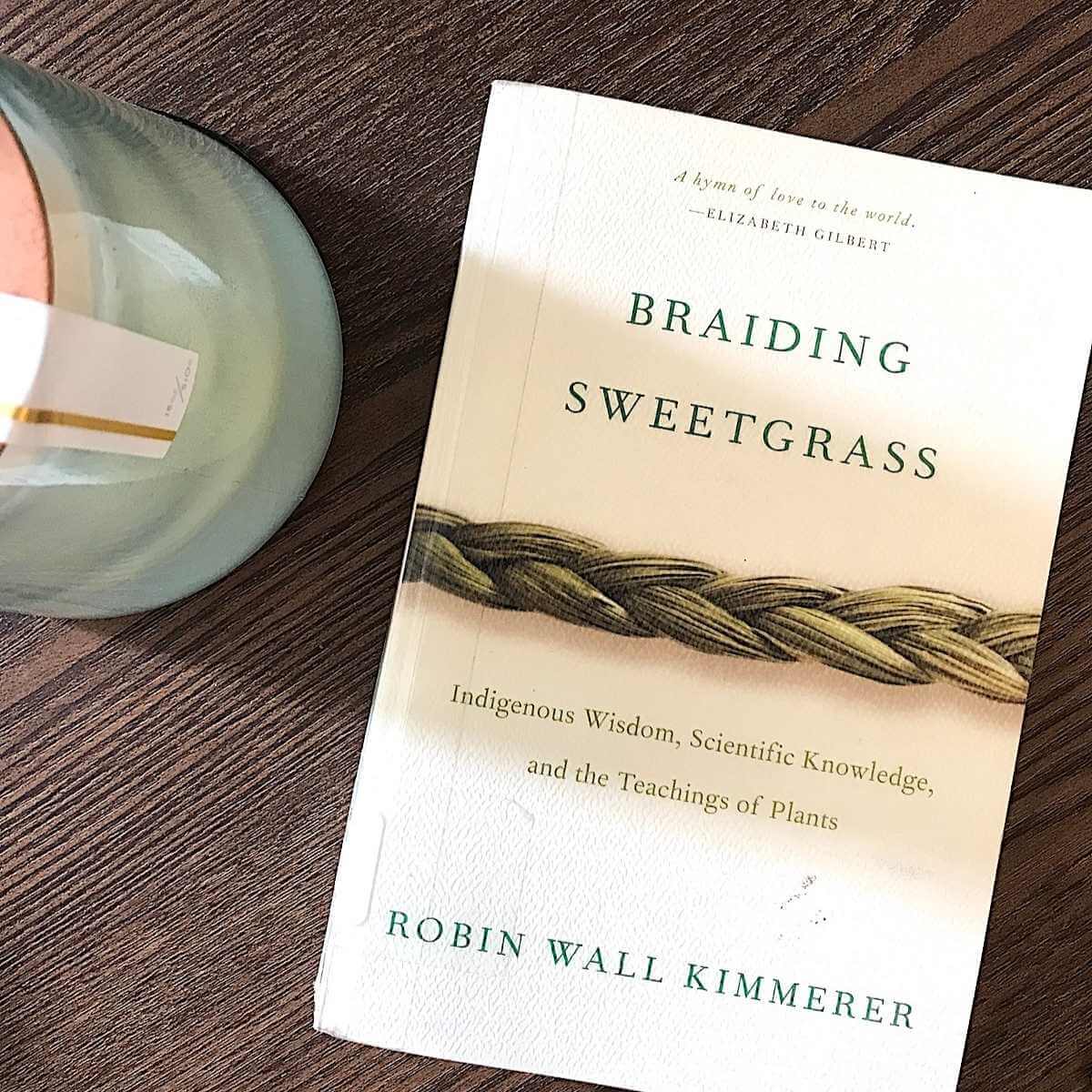Braiding Sweetgrass Summary by Chapter delves into the rich tapestry of Robin Wall Kimmerer’s poignant memoir, where nature, spirituality, and cultural identity intertwine in a captivating narrative. This summary embarks on a journey through each chapter, unveiling the profound insights and lyrical prose that have made this book a beloved classic.
As we delve into the chapters, we’ll encounter the vibrant world of plants, animals, and ecosystems, exploring their interconnectedness and the wisdom they hold. We’ll also meet the characters who inhabit this world, their stories, and the lessons they teach us about living in harmony with the natural world.
Chapter 1: The Gathering

In the coastal village of Hobcaw Barony, South Carolina, the Gullah community gathers to braid sweetgrass baskets, a tradition passed down through generations. The chapter introduces the main characters: Minnie, a skilled basket weaver; her daughter, Lila; and granddaughter, Geechee. The chapter explores the symbolism of sweetgrass, representing resilience and connection to the land. The gathering reflects the communal nature of the Gullah community, where skills and knowledge are shared and preserved.
Characters and Their Roles
– Minnie: An experienced basket weaver, passing down her skills to her family.
– Lila: Minnie’s daughter, struggling to balance her desire for independence with her responsibilities to her family.
– Geechee: Minnie’s granddaughter, curious and eager to learn the art of basket weaving.
Symbolism and Imagery
– Sweetgrass: Represents the resilience and strength of the Gullah community, connecting them to their ancestors and the land.
– Basket weaving: Symbolizes the transmission of knowledge and skills, preserving cultural heritage.
– Coastal setting: Provides a backdrop of natural beauty and the connection between the community and their environment.
Character Analysis: Braiding Sweetgrass Summary By Chapter

The characters in “Braiding Sweetgrass” are complex and well-developed, each with their own unique motivations, flaws, and strengths. Their relationships with each other are equally complex, and they often clash with each other as they try to find their place in the world.
If you’re looking for a captivating read, check out sweet blood chapter 1 . It’s a thrilling tale that will keep you on the edge of your seat. And if you’re interested in the art of braiding sweetgrass, you’ll want to dive into the comprehensive summary of each chapter in the book Braiding Sweetgrass.
The main characters in the novel are Robin Wall Kimmerer, a botanist and author; her daughter, Lisa; and her husband, Bill. Robin is a strong and independent woman who is passionate about her work and her family. She is also a deeply spiritual person who believes in the power of nature.
Braiding Sweetgrass is a beautiful and inspiring book that is sure to leave a lasting impression. Each chapter is a unique and thought-provoking meditation on nature, spirituality, and the human experience. For those who are interested in learning more about the book, I recommend checking out the iron flame chapter summary . This summary provides a helpful overview of the book’s key themes and insights, and it is a great way to get a taste of the book’s wisdom.
Relationships Between Characters
The relationships between the characters in “Braiding Sweetgrass” are complex and nuanced. Robin and Lisa have a close and loving relationship, but they also have their share of conflicts. Robin is a strong and independent woman, and she sometimes clashes with Lisa’s more traditional views. However, they always find a way to come together and support each other.
Robin and Bill have a loving and supportive relationship. Bill is a kind and gentle man who is always there for Robin. He is also a talented musician, and he often plays his guitar for Robin and Lisa.
Cultural and Historical Significance

Braiding Sweetgrass’s setting in the mid-20th century and its portrayal of Native American culture and traditions provide a rich tapestry of cultural and historical significance. The novel sheds light on the resilience and continuity of Native American communities amidst assimilationist pressures, exploring themes of identity, community, and spirituality.
Significance of the Setting and Time Period, Braiding sweetgrass summary by chapter
The novel’s setting in the mid-20th century coincides with a period of significant social and political change for Native Americans. The era marked the decline of the reservation system and the rise of the Indian Termination Policy, which aimed to assimilate Native Americans into mainstream American society. The novel captures the challenges and complexities faced by Native American communities during this period, highlighting their struggles to preserve their cultural heritage while navigating a rapidly changing world.
Final Summary

Braiding Sweetgrass Summary by Chapter concludes our exploration of this remarkable work, leaving us with a deep appreciation for the interconnectedness of all things and the importance of honoring the wisdom of the natural world. Kimmerer’s lyrical prose and profound insights resonate long after the final page is turned, inspiring us to live more sustainably and to cultivate a deeper connection with the earth.
Embark on a journey through “Braiding Sweetgrass” as we delve into its chapters, each a poignant reflection on our connection to the natural world. As we progress, let’s pause and muse on “Fame Chapter 17” from the captivating novel muse on fame . This chapter offers a profound meditation on the nature of fame and its impact on our lives.
Returning to “Braiding Sweetgrass,” we continue to explore the wisdom and insights it holds for our journey towards a more meaningful and fulfilling life.